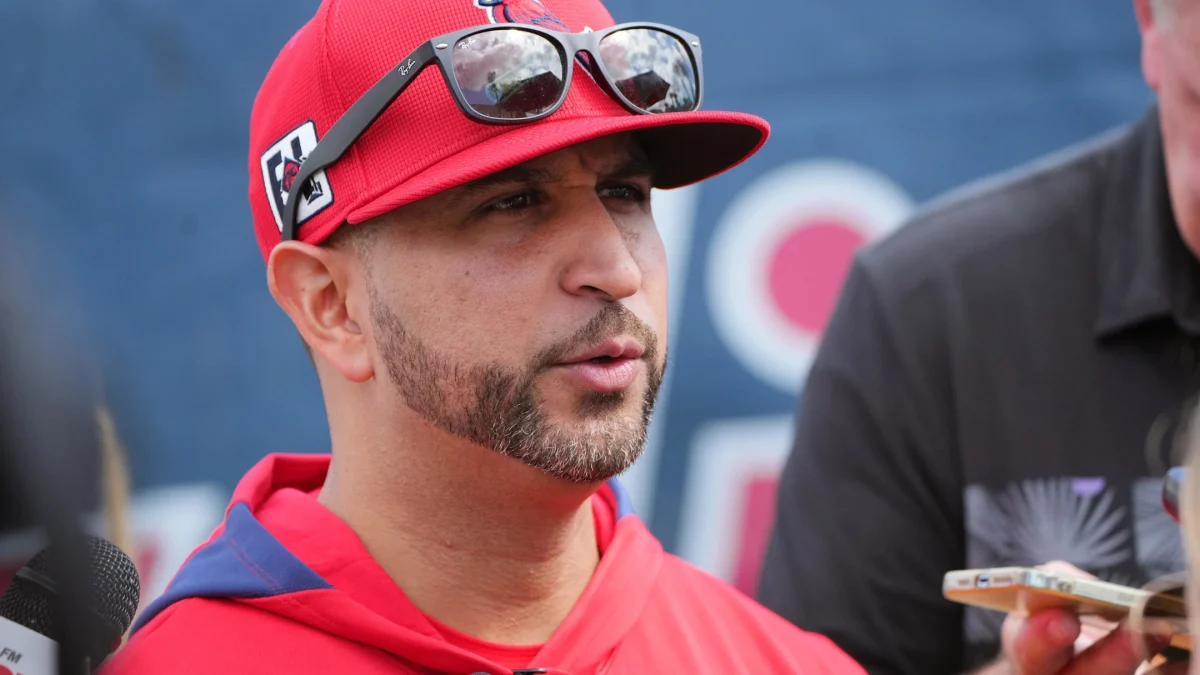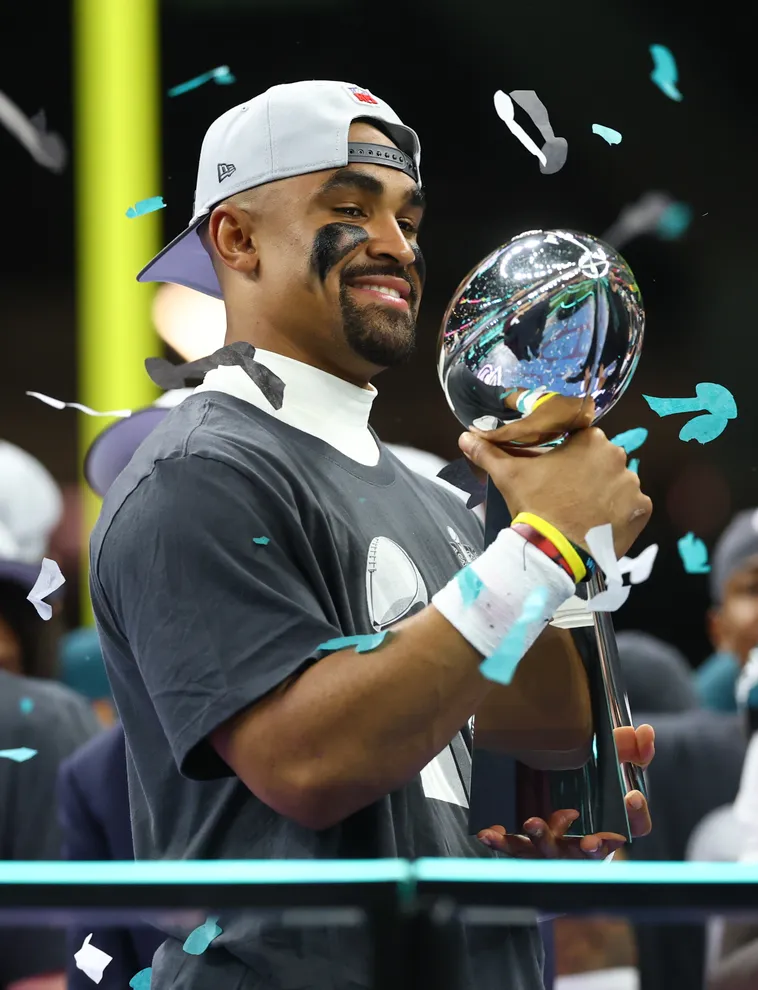Thousands of sun-soaked Atlético Madrid “football” fans gather by the banks of the river Manzanares, sipping on either plastic cups of Mahou beers or tequila mixed with any sodas in arm’s reach. People of all ages join in on the festivities, from older men pushing 80 to families with their five-year-old kids in hand. Thick clouds of cigarette smoke billow above everyone, leaving foreign observers to wonder if reports of lung cancer and secondhand smoke had reached Madrid yet. Along with the overall feeling of joy and excitement in the air, the main thing that unites these people is their striped red and white shirts.
“We take our football very seriously, the Calderon is almost like a church to us,” said Ruben, a lifelong Atlético supporter. Every other weekend, when there is a home game, Ruben and his seven-year-old son, who was too shy to talk, eat a pregame meal of bread and fried calamari before entering the stadium together. “We’ve been sitting in the same section for years, everyone around us is like family to us.”
A week later and little more than four miles north, eighty thousand people rush their way through packed streets to the Estadio Santiago Bernabéu, home of Real Madrid. Located in the north of the Spanish capital, it is fairly evident that this is an upper-class region. The third largest football stadium in Europe seems almost small packed between skyscrapers, banks and other large corporations along the Paseo de la Castellana Street. From the multiple different languages, you can tell that there is a heavy mix of tourists from around the world for the spectacle that is Real Madrid.
For those who aren’t aware, Real Madrid isn’t the only football team the city of Madrid has to offer. There is also Atlético Madrid, commonly described by Real Madrid fans as “their little brother.” Twice a year, these two teams face off against each other in El Derbi Madrileño, or the Madrid Derby. For many Americans who don’t know, derby is a term used in Europe for football matches played between two geographically close rivals.
This rivalry surpasses the boundaries of sport. It represents the division in Spanish society itself. Real Madrid, known as the royals, openly supported Felipe VI, the current king of Spain, and associates itself with the political conservatives and the upper class. Atlético is associated with the working class population, along with a majority of the left-wing voters, some of which who are anti-monarchy.
El Derbi Madrileño had its likely final yearly run (although the teams could potentially meet again given how various tournaments shape out) on February 27th, with Atlético Madrid winning 1-0 against Real Madrid for the third successive year in a row – something no team has ever done in La Liga. With both teams still alive in the quarter-finals of the European Champions League, there remains a possibility of these two sides meeting for one final showdown, although it will be in a neutral ground outside of the city.
Until recently, this wasn’t much of a fair rivalry. Many see Real Madrid as the most popular and successful team, not only in Spain, but also in the world, which left poor Atlético Madrid in its shadow for years. It wasn’t until 2013 when Atlético finally beat Real Madrid for the first time in the 21st century during the Copa del Rey Final, ending a streak of 25 winless matches against their more successful rivals. And in 2014, Atlético reached the apex of Spanish football by winning its first La Liga title of century. This was no small feat for Atlético, considering the extreme power of super-clubs Barcelona, with Lionel Messi, and Real Madrid, with Cristiano Ronaldo, as their competitors.
So, for the first time in many years, the Madrid rivalry can finally be considered equal on the field. However, many differences remain between Real Madrid and Atlético Madrid, starting with their stadiums. Real Madrid’s stadium, Estadio Santiago Bernabéu, is an architectural work of art that can hold upwards of 80,000 people. Some of the stadium luxuries include heaters for those cold night matches and complimentary Wi-Fi to keep everyone, not just the countless businessmen in suits, glued to their cellphone during the match.
While on the other side of town, Atlético Madrid’s stadium has none of these perks to offer. The Vicente Calderón Stadium can still hold an impressive 55,000, but the run-down, dimly-lit interior reminds you more of a low level Division I American football stadium than that of the 2014 Spanish League champions. “They might have a nicer stadium than us, but we by far have more passion than them,” Javier says, as he leans up against a cracked cement pillar, lit cigarettes in hand. “I’ll take passion over money any day.”
And it’s no secret that Real Madrid holds all of the money in this city. In 2013, Real Madrid spent an insane 113 million euros on purchasing a single player, Gareth Bale. This bargain buy surpassed the previous world record for the most money ever spent on a football player, held by – you guessed it – Real Madrid for the 106 million euros purchase of Cristiano Ronaldo in 2009.
Another key distinction between the two clubs is their supporters. Because of Atlético Madrid being located in the south side of the city, their supporters tend to be from more of the working class. With the combination of their joint hatred towards Real Madrid and their working class background, the Atlético Madrid fans create a real us-against-the-world mentality. At an Atlético Madrid game, the fans in the sections greet each other with hugs and kiss like a giant family. Yelling obscenities and whistling at the opposing team and match officials is encouraged heavily. Compare that family affair to a Real Madrid game, where people can go the whole game only peering up from their iPhones at every other Ronaldo goal. He scores! — and without speaking a single word to the person next to them, with a few brief claps in between, they are back to their phones.
“Atlético [Madrid] fans are crazy about their team, they will take their team with them to their grave! Real [Madrid] fans are much more easily frustrated, they have much higher expectations.,” said Pilar Ortiz, who has been a lifelong Real Madrid fan. “My father was a Real supporter so there was no other option for which team I would support.”
Other fans like Ortiz, a local university student, chose to support Real Madrid for completely different, but some could argue completely logical, reasons. “I support Real [Madrid] because Cristiano is cute!”










